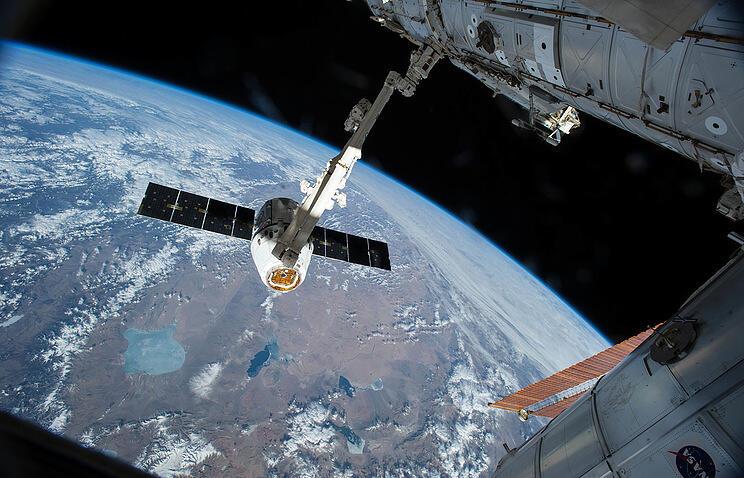NASA is set to boost its Space Network (SN) system used to deliver data from and to the International Space Station (ISS) to double its capacity, the organization said on its website.
The SN, composed of a constellation of Tracking and Data Relay Satellites (TDRS) and their associated ground stations, currently provides information exchange at the speed of 300 megabits per second (Mbps), twice the rate of a standard high-speed internet connection in the US.
The station transmits data to whichever TDRS spacecraft is in view, which, in turn, transmits it to ground terminals before it reaches a data center like mission control in Houston, Texas.
“Fundamentally, this upgrade of both the onboard and ground data communications systems enables an increase in the scientific output from the space station,” NASA quoted Mark Severance, network director of human spaceflight at NASA’s Goddard Space Flight Center in Greenbelt (Maryland) as saying.
“Increasing the data downlink rates from the station will allow the manifestation of new experiments and technology demonstrations that have higher data-rate requirements than could previously be accommodated,” the official went on.
NASA did not specify when the upgrade will be completed, but said the modification has already started at the Space Network’s remote ground terminal in Guam.
Vladimir Solntsev, the CEO of Russia’s Energiya Rocket and Space Corporation, said in mid-November that the ISS is expected to be in operation until 2024, after which the Russian segment can be detached from it as a separate national station.
The ISS project partners currently discuss extending the station’s work until 2028.
Source: TASS











